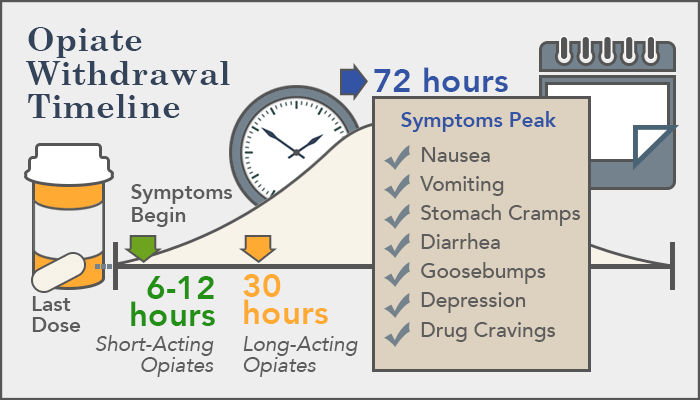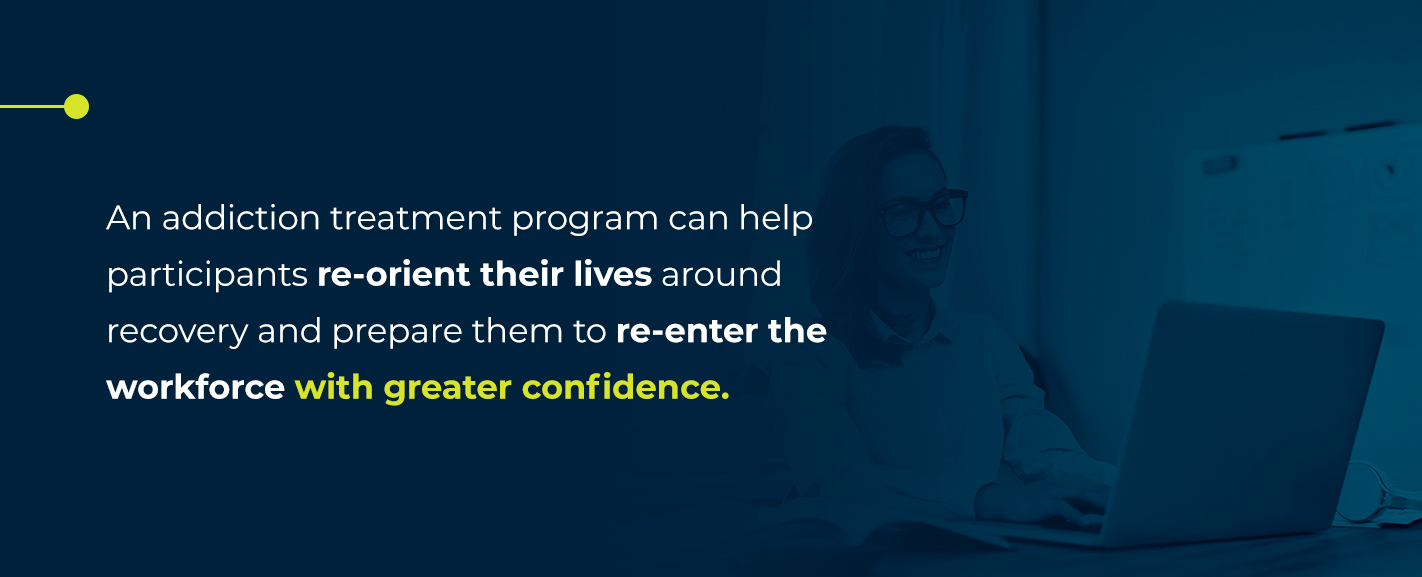According to the National Study on Substance Abuse and Health (NSDUH), 45 percent of individuals with dependency have a co-occurring psychological health disorder. Behavioral designs utilize concepts of functional analysis of drinking habits. Behavior models exist for both dealing with the compound abuser (neighborhood support approach) and their household (neighborhood reinforcement method and family training). Even today, the Internet generates a plethora of strange and aversive strategies and "remedies" for addiction that can not only make individuals ill, however are likewise mainly ineffective. Throughout the mid to late 1800s, drug, chloral hydrate, chloroform, and marijuana became widely prescribed and utilized, and dependencies to these drugs, along with to opioids, grew.
Things began to change, however, as the United States became more of an international power, and substance abuse internally ended up being less acceptable to the outside world. Physicians were likewise starting to comprehend the possible dangers of drug abuse and dependency, and modification in the population of people addicted to drugs might have required the hand of the government to enact legislation managing the prescription, sale, and abuse of narcotics.
Society Helpful hints perpetuated the concept that drugs were the reason for many criminal acts, including rape, committed by this group and mentioned drug abuse as one of the primary reasons. In concern for the safety of females and kids, and the growing domestic drug and narcotic drug issue, politicians may have taken notification.
Physicians were no longer permitted to recommend opiates for upkeep purposes, and people addicted to these drugs might have been delegated withdraw painfully on their own or commit criminal acts to try and acquire these drugs unlawfully. Medical professionals were likewise detained for prescribing opioids if they were not deemed medically essential, and doctors were no longer able to deal with those addicted to opioids with maintenance doses out of their workplaces straight.
Throughout this time period, neighborhood clinics that had actually been the go-to for individuals battling opioid or narcotic dependency were shut down. "Ambulatory" opioid dependency treatment, in addition to the new specialized of dependency science, was all but eliminated for a number of years, and many experiencing addiction ended up in prison instead of getting the assistance they needed.
In 1929, in the face of extreme federal prison overcrowding and no real responses for dependency treatment, the Porter Act was passed that mandated the formation of 2 "narcotics farms" to be run by the U.S. Public Health Service. In 1935, one such prison/hospital providing addiction treatment for prisoners or those willingly looking for services opened in Lexington, Kentucky, while the 2nd opened in Forth Worth, Texas, in 1938. why is methadone used as a treatment for heroin addiction?.
Top Guidelines Of How Effective Is Addiction Treatment

They offered a three-pronged approach, consisting of withdrawal, convalescence, and after that rehab, all perpetuated by a medical and mental health team of experts.Treatment for addiction moved out of the community-based and "goodwill" type facilities to a more clinical setting. As an outcome, addiction treatment services started to shift to a more medical technique.
Narcotics Anonymous might have come from among the federal "narcotics farms" and may have begun out as "Addicts Anonymous" that was slow to capture on but, gradually got appeal using AA designs and approaches of assistance. By 1950, the Minnesota Design, which is a technique of dealing with chemical reliance by both professional staff and supportive people in recovery themselves, had been introduced.
The belongings and Substance Abuse Center sale of narcotics were additional criminalized in 1952 and 1956 with the passage of the Boggs Act and the Narcotic Control Act respectively, which included high penalties for drug ownership and the sale of narcotics. Youths addicted to opioids, and particularly heroin, became increasingly more common, especially in New York City, in the 1950s, and fueled the requirement for juvenile and teen drug treatment programs together with the idea that addiction was undoubtedly an illness.
Long-term domestic choices were considered, as regression rates were so high, and therapeutic neighborhoods (TCs) were born the very first of which might have been the Synanon in California in 1958. TCs were, and still are today, property communities where people fighting with drug addiction remained for an extended period of time with groups of individuals with like situations.
When they initially appeared, TCs did not enable any type of mind-altering medications, much in the vein of AA approach; nevertheless, today, TCs may permit using upkeep medications when required. In the 1960s, methadone was introduced as an opioid addiction upkeep treatment, as it was a long-acting opioid that might be substituted for shorter-acting ones, such as heroin.
In 1964, the Narcotics Addiction Rehabilitation Act (NARA) of 1966 offered local and state governments with federal support for drug treatment programs intended for those addicted to narcotics. These programs were suggested to provide inpatient services; nevertheless, due to frustrating requirement, the majority of patients were most likely served with more economical outpatient services that consisted of weekly drug tests, counseling three times a week, oral restorative services, psych consults, trade training, and methadone upkeep.
10 Simple Techniques For How Do You Feel About Using Holistic Treatment Methods To Treat Drug Addiction?

In the 1970s, further legislation managed the dispensing of the opioid villain and brought it under federal control with the intro of the Unique Action Workplace for Drug Abuse Avoidance (SAODAP) by President Nixon during his War on Drugs. The Comprehensive Alcoholic Abuse and Alcohol Avoidance, Treatment, and Rehabilitation Act of 1970 commenced to enhance treatment for alcohol addiction through medical methods by recognizing it as a possible disease instead of an https://telegra.ph/what-does-why-arent-addiction-treatment-centers-federally-regulated-mean-12-12 ethical failing of character, therefore opening increased research study into the topic - what are some forms of treatment available to those suffering from opioid addiction?.
By the 1980s, drug addiction treatment and alcoholism treatment were finally viewed as similar, and treatment efforts were merged. In 1985, specialized treatment options begin regularly appearing, accommodating demographics such as the elderly, gay people, women, adolescents, and those suffering from co-occurring mental health disorders. In 1987, regardless of President Regan's renewed War on Drugs campaign that looked for to penalize drug abusers, the American Medical Association (AMA) stated substance abuse as a genuine illness and required that it be dealt with no in a different way than other medical disorders.
Hospital-based inpatient treatment centers were forced to close their doors between 1989 and 1994 after insurance coverage stopped paying advantages. Dependency services were rolled into behavioral health services along with psychological health and psychiatric conditions, opening the doors to a more outpatient or intensive outpatient approach as opposed to mostly domestic treatment.